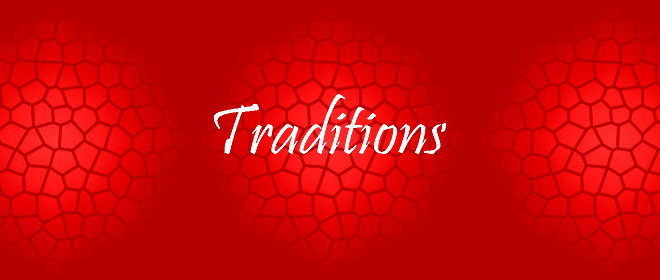U2 Program
|
The U2 Program |
|
Shot down by a
Soviet surface to air missile on the morning of
May 1, 1960, CIA pilot Francis Gary Powers had
been on a top-secret mission: to over fly and
photograph denied territory from his U2 spy
plane deep inside Russia. His fate and that of
the entire U2 program remained a mystery for
days. The story of the U2 incident, its
prologue, and aftermath reveals one of the most
fascinating and compelling stories of the cold
war. Anxious to avoid a surprise nuclear attack, President Eisenhower was growing increasingly nervous over rapid Soviet technological achievements. By 1954, the Soviets had demonstrated a thermonuclear bomb as well as the means to deliver it with their long-range jet-powered Bison bomber. Could a Soviet ICBM be far behind?
Urged on by his Technological Capabilities Panel, Eisenhower could not wait another five or six years for the advent of photographic spy satellites to settle the "bomber gap" and other national security issues. He needed answers about Soviet intentions and technological capabilities right now. Moreover, since, typical intelligence tradecraft was ineffective against the communist bloc, and no other means were readily available, a high-flying reconnaissance plane was Eisenhower's only hope.
In late 1954, Eisenhower approved project AQUATONE; a plan for the CIA to develop and deploy a long-rage spy plane capable of flying, with the President's personal approval, beyond the reach of Soviet interceptors and surface to air defenses. Fortunately, development of a plane ideally suited for the task was already well under way. While an obvious choice for the CIA's clandestine mission, the Lockheed CL-282, designed by Clarence 'Kelly' Johnson was originally rejected by the air force as a reconnaissance platform due to its lack of armament, traditional landing gear and maneuverability. Johnson's design, essentially a jet-powered glider, utilized a single engine and could carry its civilian pilot and camera in excess of 70,000 feet unarmed, unmarked and, so it was hoped, undetected by Soviet air defense radars.
Work on the aircraft began in secret at Lockheed's Skunk Works almost immediately and without a signed contract. A CIA check arrived at Johnson's Santa Barbara home sometime after an official contract for 20 airframes - minus engines was signed. Final performance design specifications would allow the U2 to sustain 2.5gs with a maximum speed of Mach 0.8 or 460 knots at a service altitude of 70,600 feet with an absolute maximum altitude of 73,000 carrying a payload of 450 lbs.
In the early summer of 1955, Lockheed chose deserted Groom Lake (later known as Area 51) in Southern Nevada as the U2 flight-testing site. The dry lakebed at Groom proved ideal. Bordered by the Emigrant Valley's mountain range and Nevada Test Site, it was protected from prying eyes and interference. Lockheed constructed a makeshift base at Groom consisting of little more than a few shelters, workshops, and trailer homes in which to house its small team. The first U2 flew at Groom on August 4, 1955, a mere 8 months after contract approval, on time and under budget. U2s under CIA control began over flights of Soviet territory in July 1956.
Submitted to the Cold War Museum by Museum volunteer Gary Roberson |


















